As the first flying cabs approach production, Toyota is more than doubling down on its stake in Joby Aviation, a California-based an electric air mobility start-up that is now test flying its first production prototypes.
It’s been a fantasy almost since the first cars took to the road in the late 19th Century. Now, it appears, we could see the first flying cabs take to the air before the end of this decade.
Toyota Motor Corp. certainly thinks so. The automaker announced Tuesday that it will expand an ongoing relationship with California-based Joby Aviation by investing another $500 million in the electric air mobility start-up.
“With this additional investment, we are excited to see Joby certify their aircraft and shift to commercial production,” Toyota chief operating officer Tetsuo “Ted” Ogawa said in a statement.
What next?
Toyota already had made several investments in Joby, the latest move bringing the total to $894 million. There will be two equal tranches going forward, the first to come this year, the second in 2025.
The latest move will see the partners “establish a manufacturing alliance,” their joint statement noted. A pilot production facility in Marina, California will rely heavily on Toyota’s manufacturing prowess, with engineers from both companies expected to work side-by-side.
“The knowledge and support shared by Toyota has been instrumental in Joby’s success, and we look forward to deepening our relationship,” said Joby CEO JoeBen Bevirt.
Production
Joby already has rolled out three of its drone-like flying cabs so far, the latest beginning test flights earlier this year, and it expects to launch another one by the end of 2024.
The initial goal will be to win initial certification from the Federal Aviation Administration. It could still take several more years to be approved for commercial operation, however.
Eventually, the goal would be to ramp up the pace of production enough to start offering services at several locations around the country. Joby has inked a multi-year alliance with Delta Air Lines that could see it serve as a feeder from urban and suburban centers to major airports, such as LAX in Los Angeles or Atlanta’s ATL. The start-up also has inked a memorandum of understanding with Saudi Aramco.
More Flying Cab News
- Automakers and the Aerospace Industry Team to Make Cars Fly
- 12 Questions for Supernal Test Pilot RJ Schreiner
- Exclusive Excerpt: “Dude, Where’s My Flying Car?”
The craft

Joby’s craft uses six electrically operated rotors and can draw power from batteries or a hydrogen fuel-cell stack.
Joby’s air taxi has a cabin similar to the helicopters that already provide service to many airports, such as New York’s JFK. The big difference is that it replaces the traditional drive system with six individual rotors, more in line with today’s drones.
Referred to as an eVTOL – or electrically powered vertical take-off and landing aircraft – the rotors are driven by electrical motors. They can draw power from battery packs in the main craft, achieving speeds of up to 200 mph and as much as 100 miles range per charge.
But Joby has also worked with Toyota to develop an alternate power source based on a hydrogen fuel-cell stack, much like the technology used in the automaker’s Mirai fuel-cell vehicle.
The competition
Dozens of companies are racing to get airborne in the emerging market for eVTOL aircraft – most focusing on flying cab applications, though some are focusing on personal use applications. And they’re lining up big partners, including a number of major automakers.
In July, Stellantis announced a new $55 million investment in Archer Aviation, on top of $110 million it previously committed. The latest round of funding came as Archer cleared a significant milestone, a flight test that saw it “transition” from a vertical, helicopter-style take-off to more conventional winged flight. Its Midnight prototype was then able to transition again for a vertical landing.
Hyundai, meanwhile, has invested millions in its own project, Supernal, and hopes to have commercial operations underway before the end of the decade. On top of newcomers to the aviation field, both Boeing and Airbus have launched eVTOL programs of their own.
“The future of transportation is looking up – quite literally,” said Tim Jackson, an expert on the new field who’s book, “Dude, where’s my flying car?” recently went into print. He describes the field as a “game changer,” and notes it is “happening sooner than you might think.”

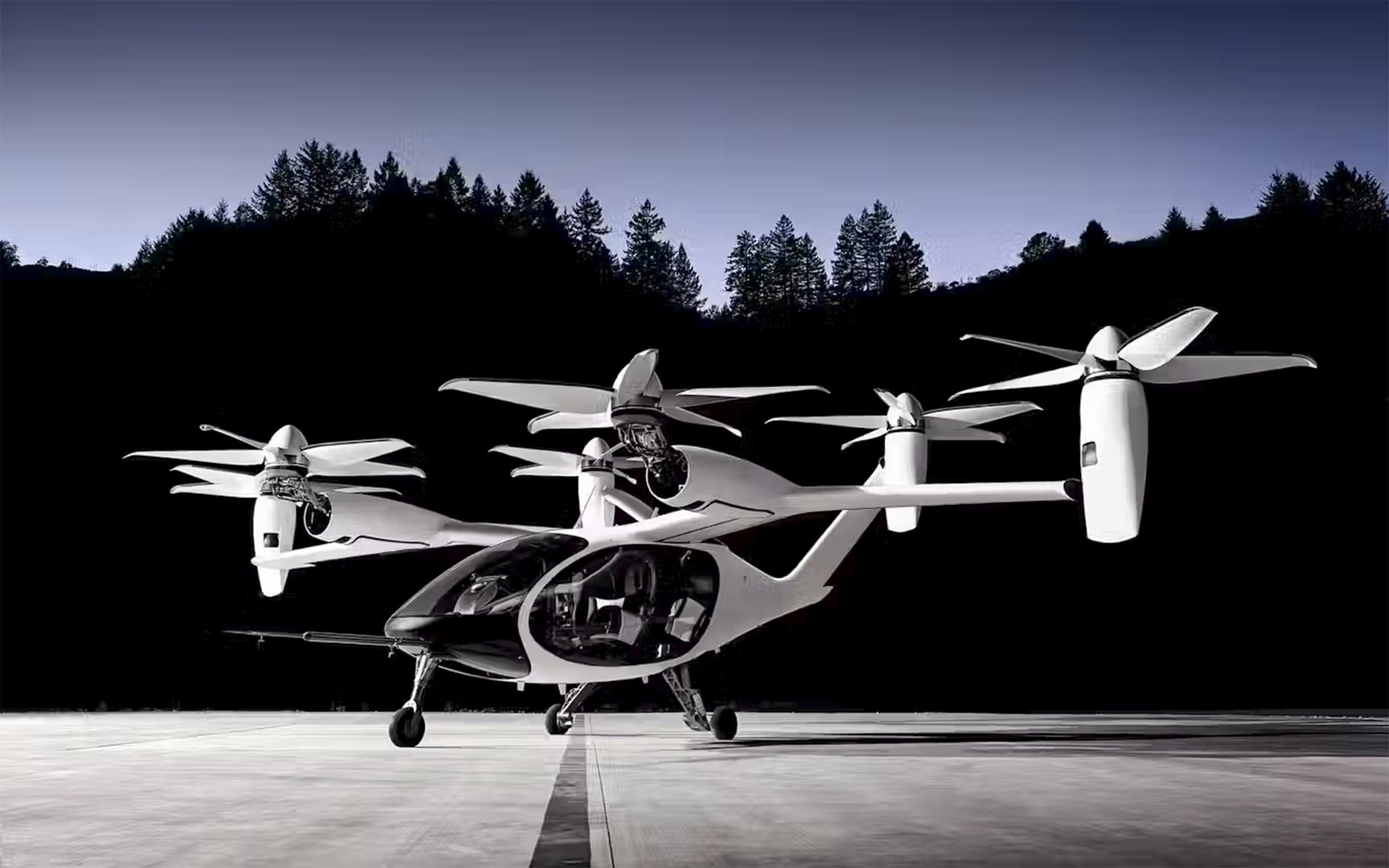
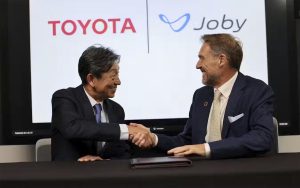
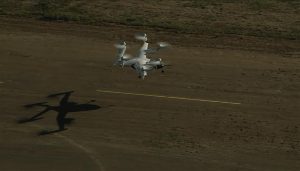
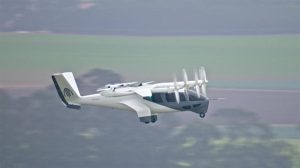
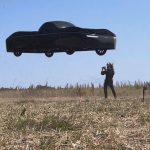

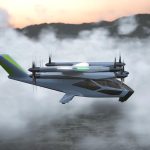
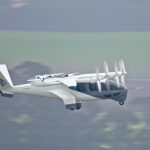

With Toyota expertise, how can they fail?